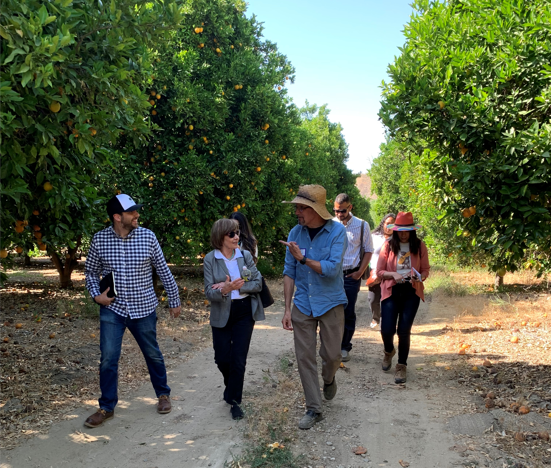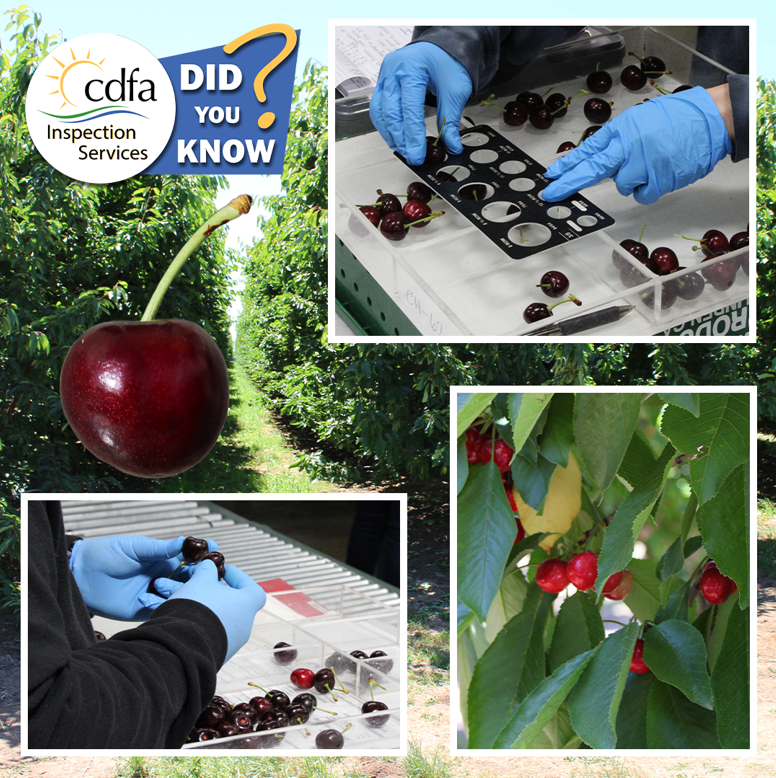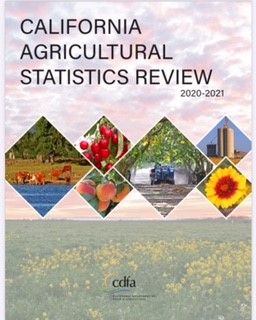From a USDA news release
USDA Secretary Tom Vilsack announced that the U.S. Department of Agriculture (USDA) will begin accepting applications for the Commodity Container Assistance Program (CCAP), which currently includes a partnership with the Port of Oakland and the Northwest Seaport Alliance (NWSA), which is a marine cargo operating partnership between the Port of Seattle and the Port of Tacoma in Washington State.
Ongoing market disruptions have created logistical challenges associated with the availability and flow of shipping containers to transport agricultural commodities, which has prevented or delayed American-grown agricultural commodities from reaching their markets.
“Both the Port of Oakland and the NWSA in Seattle have been identified as key gateways for American-grown agricultural commodities, and each has experienced significant challenges with the flow of containerized agricultural commodities and products,” Secretary Vilsack said. “While USDA’s per-container reimbursements will not cover the full cost of moving and storing shipping containers, the assistance provided will help ensure American-grown agricultural products can once again efficiently move through supply chains to reach global markets.”
Port of Oakland
Fewer shipping containers have been made available for U.S. agricultural commodities as ocean carriers have circumvented traditional marketing channels and rushed containers back to be exported empty and, as a result, many of these carriers have suspended service to the Port of Oakland.
The Howard Terminal “pop up” site in the Port of Oakland will provide space to prepare empty containers. Agricultural companies and cooperatives will have easier access to these containers, which they can fill with commodities, which will help restoreshipping services to agricultural commodities while relieving congestion.
For the Port of Oakland, the Agricultural Marketing Service covered 60% of the start-up costs for the “pop up” site and under CCAP the Farm Service Agency (FSA) is providing a $125 per container payment to partially assist agricultural commodity owners for the additional logistical expenses associated with picking up empty shipping containers to be filled with agricultural commodities and products at the Port of Oakland. Under CCAP FSA will also provide payments of $200 per dry container and $400 per refrigerated, or reefer, container to help cover additional logistical costs associated with moving the shipping container twice, first to the preposition site and then to the terminal loading the vessel, along with the cost of temporary storage.
How to Apply
The Farm Service Agency (FSA) will make monthly direct payments to agricultural companies and cooperatives on a per-container basis based upon the location of the port, and the type of shipping container, including empty containers, dry filled containers, and reefer filled containers. Both sites will have the ability to pre-cool refrigerated shipping containers to receive perishable commodities.
To apply for CCAP, applicants must complete form FSA-862, Commodity Container Assistance Program (CCAP) Application according to FSA-862 instructions and submit the form to the FSA National Office by email to SM.FPAC.FSA.CCAP@usda.gov. Payments will be made in arrears and verified with terminal records. Applicants may submit applications on a monthly basis, but all applications must be submitted by Jan. 31, 2023.






